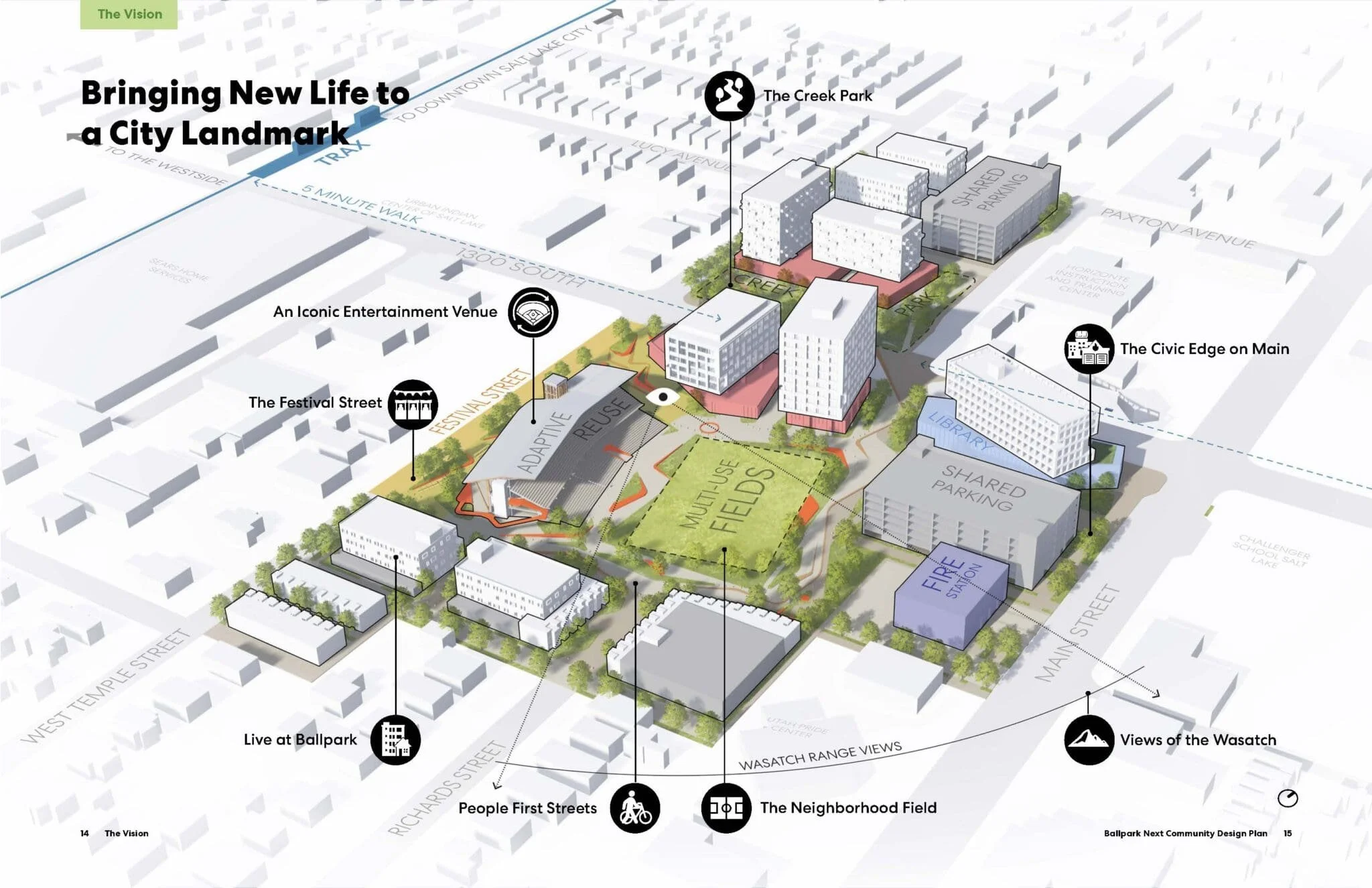Progress made on Jordan River Confluence project
Authored by Turner Bitton
Source: West View Media
An article detailing our organization, stream daylighting, and progress on the Three Creeks Confluence in Salt Lake City, UT. This effort will create a new park in the west-side neighborhood of Glendale.
It has been six years since a group of students from the University of Utah developed a vision to uncover and restore the many waters in the Salt Lake Valley.
For decades, these streams, creeks, and rivers have been hidden from view, in some cases underneath the rapidly growing cityscapes. The vision that the students developed was named 100 Years of Daylighting and what began as a visioning process has developed into a nonprofit organization called The Seven Canyons Trust.
Fast forward to now. The Seven Canyons Trust’s first major daylighting project is nearing completion in Glendale. The Three Creeks Confluence project, underway at 1300 South and 900 West, is the result of years of evaluation and planning. The project is dubbed “Three Creeks” in honor of Red Butte, Emigration, and Parley’s Creeks that flow into the Jordan River at this location.
Daylighting, according to nonprofit American Rivers, is an approach designed to uncover previously buried or piped streams. According to American Rivers, there are three types of daylighting:
Natural restoration is the process of restoring a stream to natural conditions; architectural restoration restores a stream to open air, flowing water but within a constructed channel; and cultural restoration celebrates a buried stream through markers or public art used to inform the public of the historic stream path, although the stream remains buried.
The Three Creeks Confluence project incorporates parts of each of these types of daylighting.
Daylighting projects are often a difficult undertaking and the Three Creeks Confluence is no exception. The project boasts a $3 million price tag and when it is completed in the summer of 2020 will feature over 200 feet of restored creek, a pedestrian bridge connecting to the Jordan River Parkway, fishing spaces, and a plaza for users to enjoy. As of the time of writing, Salt Lake City has installed the pedestrian bridge and is nearing the final stages of the project, with an expected completion date in the fall.
A call for artists went out in June to local artists, whose art will eventually adorn 20 different panels near the bridge.
Brian Tonetti, executive director of The Seven Canyons Trust shares what motivated his organization to pursue the project:
“I see our entire 100-year vision to uncover and restore our urban creeks as an environmental justice project. Our creeks slip underground as they flow west, passing unseen through west-side neighborhoods until spilling into the Jordan River within buried culverts. The entire stretch of the waterways within Salt Lake City are buried on the West Side. Loss of green space and water quality impairments, due to creek burial and channelization, have left many west-side residents without access to nature or connectivity via riparian corridors and pathways. Two freeways and the renewed use of the railroad create a symbolic and real barrier between the east and west sides. Revitalizing creeks will address water quality impairments, flooding, economic vulnerabilities, and quality of life, in the larger rehabilitation of the West Side.”
Not everyone is pleased with the project. Glendale resident Ray Wheeler considers it an example of overdevelopment of a natural resource. “The Three Creeks Park project, over my continual objections and those of many others of its immediate neighbors, has been a typical over-design, featuring massive infrastructure. Restoration of natural values and ecological integrity would have been preferable, including more (rather than less) natural stream banks, recovery of native plants, native wildlife habitat, floodplain and wetlands habitat, riparian forest, and the bare minimum of major construction.”




